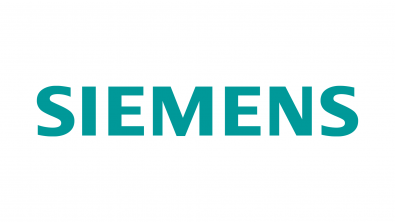How to sync production and supply chains

A recently published white paper describes how to perfectly sync production and supply chains. However, the production industry is unpredictable, given supply chain bottlenecks, pandemics, and other factors that upset the balance between transport and intralogistics. In turn, this disrupts the supply chain and processes.
> Learn more on this topic in a recently published white paper.
Supply chain and production consist of some concerning issues:
- Volatility in a shortened product lifecycle with scarce resources hinders planning supply processes.
- Uncertainty intensifies macroeconomic developments; rising energy prices, strikes and higher labor costs.
- Complexity in logistics operations stems from greater production variability and growing volumes of data.
- Ambiguity affects data interpretation in performance, productivity, and cost pressure.
Managing these issues requires syncing production and logistics synchronization that coordinates tools to plan and control process flows.
Therefore, the physical and digital processes unite, while data models connect with real-time data. Whether this is actual or in theory, valid solutions help bolster supply processes via strategic, tactical, and operational measures. Subsequently, supply chains are more robust, resulting in agility and transparency in logistics networks.
When production fails or stops, costs will ensue. Adverse supply chain events can have volatile outcomes for manufacturers and their customers. For example, the semiconductor chip shortages, along with wood, steel, and magnesium, escalated quickly to an observed crisis. In turn, the businesses were searching for ways to resolve this predicament through local sourcing versus global sourcing, thus realigning supplier networks and ramping up inventories as supply chain management should protect against unforeseen developments and safeguard production. However, most solutions focus on limited crisis aspects that are still evolving, remaining static with only some effectiveness.
Also, other factors like weather, pandemics, trade barriers, and economic wars, have affected manufacturers. These volatile, uncertain, complex, and ambiguous conditions describe the supply chain; however, it is also essential to manage the complexity necessary to analyze and leverage large volumes of data. Even with technological advances, the results can often occur behind expectations; therefore, deadlines are not identified on time, with a propensity for errors and an increase in administrative overhead.
In today’s market, data is essential to achieve production and logistic goals: speed, efficiency and reliability. A digital twin assists in driving supply chain evolution into value chains. So, the focus is not on the product but on the balance of performance, cost and service. The primary objective is to sync production and logistics between transport, inventory, and process costs, allowing supply chain resiliency to disruptions.
Visibility is the solution to supply chain disruptions. Access to the entire supply chain process (inbound logistics, intralogistics, production line) breaks down the silo mindset, enabling end-to-end monitoring. The Digital Logistics Planning Suite of the intelligent supply chain includes the control tower, inbound design, inbound warehouse, production supply, outbound warehouse, and outbound design.
Read more about these areas in the white paper.
Additionally, learn the tactical measures to boost productivity in specific use cases or prevent a production shutdown, provide a holistic view of the interconnecting process, optimize inventories, and reap other benefits of this digital twin technology.
Siemens Xcelerator, the comprehensive and integrated portfolio of software and services from Siemens Digital Industries Software, helps companies of all sizes create and leverage a comprehensive digital twin that provides organizations with new insights, opportunities and levels of automation to drive innovation.
For more information on Siemens Digital Industries Software products and services, visit siemens.com/software or follow us on LinkedIn, Twitter, Facebook and Instagram. Siemens Digital Industries Software – Where today meets tomorrow.


